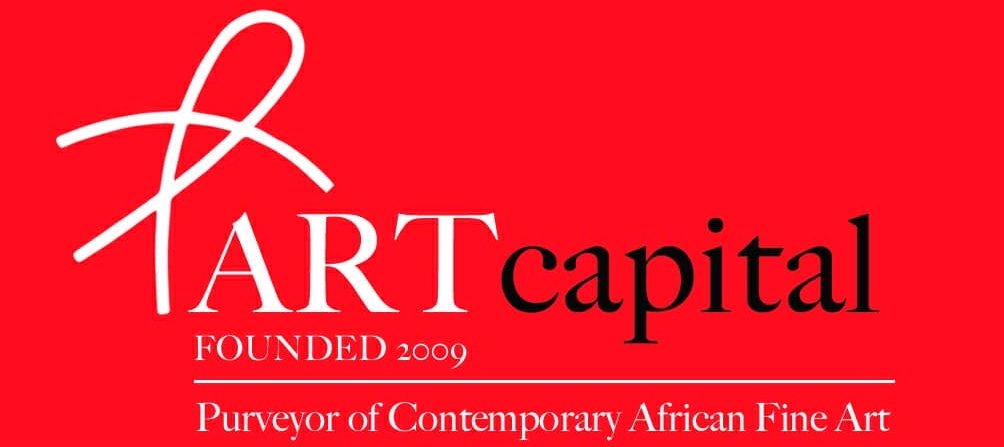ON COLLECTING AND ADVISING COLLECTORS: ART AS A COMMODITY
[We reproduce below, excerpts from an interview of the collector, curator and art advisor, Michiel Van der Wal by Prerna SM Jain.
Several of the sentiments expressed by Van der Wal are aligned with our own experience
The full interview can be accessed at https://kashmirreader.com/2020/09/20/art-has-become-a-commodity-an-extremely-expensive-one-michiel-van-der-wal/]
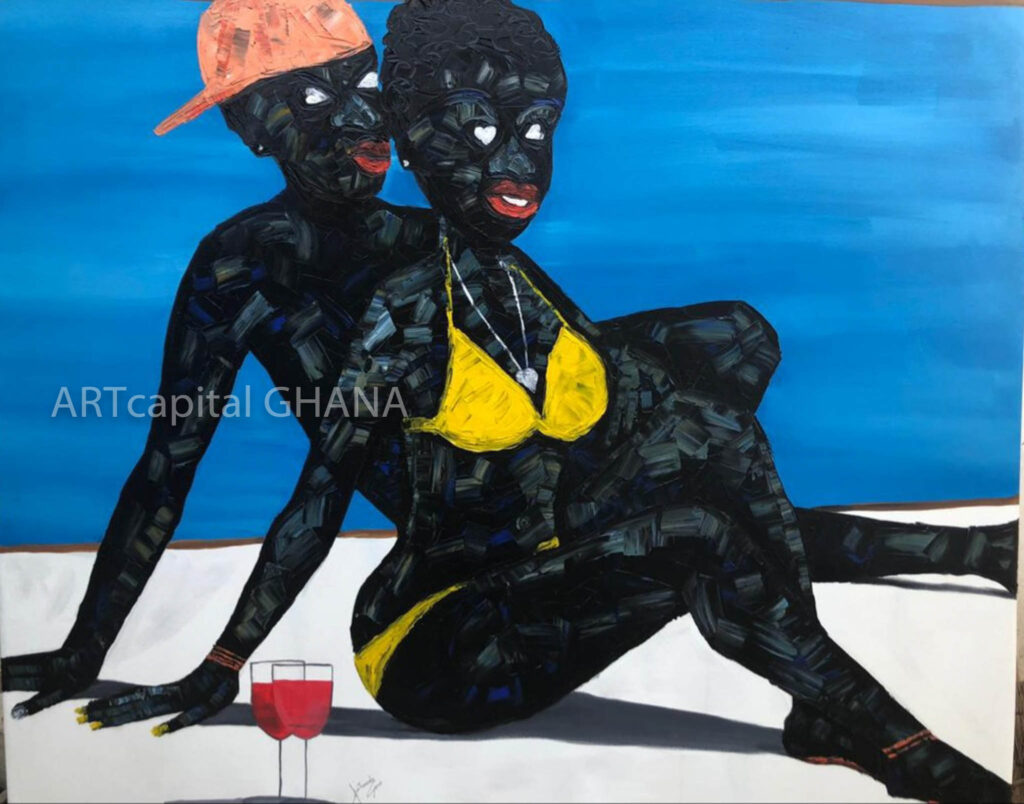
………The business sounds more romantic than it really is.
I was really in it because of the romantic notion about enjoying the experience that one can have with art, a painting, a sculpture, or an entire exhibition.
The truth, of course, is that this business isn’t just about money. But over the years it has become just about that. It has become a commodity.
Art has become extremely expensive.
When I started 25 years ago, the prices were very different. Even 20 years ago at a very high end, you still could buy really great things for an amount that I thought at the time were astounding but looking back were a sneeze compared to what they are selling for now.
Things have become a lot more serious.
There is a huge consolidation between very big galleries and auction houses, and they are pulling lots of artists and estates to them.
It has become a very big business. Sometimes this makes it hard to navigate, for a person like me who is one-man shop, and who is in it for romantic and sometimes naïve notions.
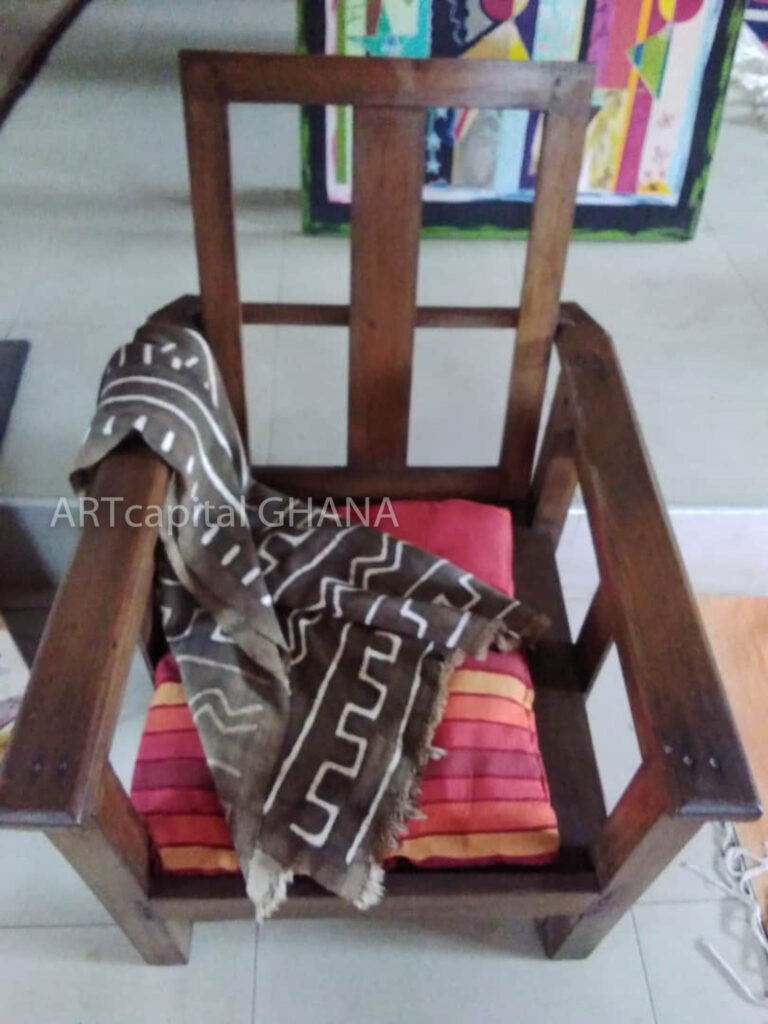
QUESTION: How would you define your role as a curator of collections?
ANSWER: My answer pertains to what I do than what it should be.
But in the end, when you help private clients find things, it’s very much geared towards finding them work that they love and that they would be able to live with for a very long time – work that has validity, at least today, and also in the long term.
Once the collection increases, it has to have coherence amongst itself.
There is a variety to what I do, as the collection differs from client to client.
Sometimes there are people who want a certain collection where they want particular names, while others are more focused on young and emerging artists.
For a while, women and African-Americans were underrepresented.
There were people aware of this being interesting to look at because as much as there is a lack, there is also an opportunity, as these things tend to change and, all of a sudden, everybody is looking.
Then things will become more desirable and more expensive.
If you are able to get your clients in on it before that happens, they are happy with you. Your business now fulfils you more than it did.
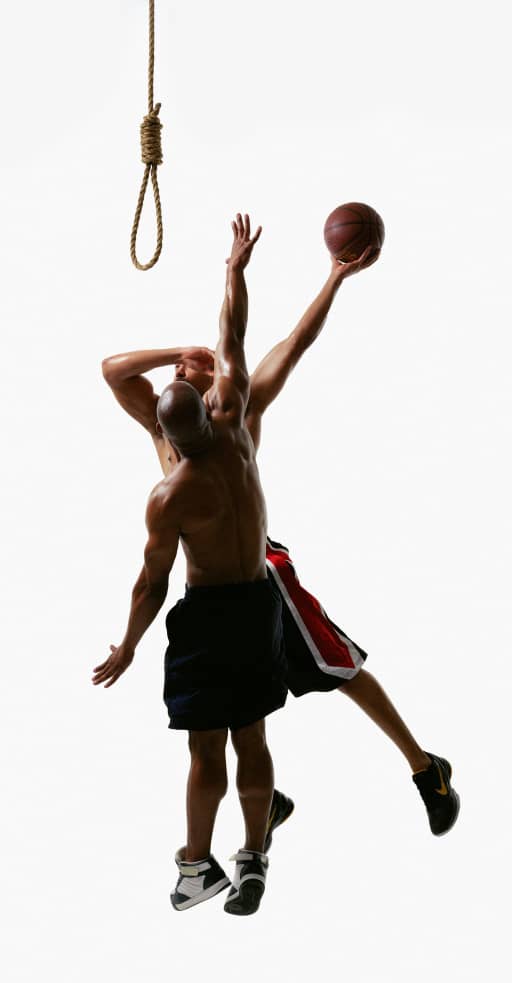
If I were to work for a not-for-profit organisation or a museum, I wouldn’t look at the markets; I would look at entirely different things. I think I look at all of them and see if all of it can be ticked off. Of course, the most important thing is that the client buys something that he loves, and I try to inject things that I think are worthwhile.
It’s very educational sometimes.
Most of them probably don’t know what they want in the beginning or that what they like is really not that great, because it is a journey that teaches you to look and think differently over time. So, this is about the collector.
Then the other aspect, of course, is the artist. It is their studio practice, what are they trying to do and what are they responding to. That is the thing about contemporary art.
In this time that there is so much turmoil, you will see that artists are going to react to that in hopefully interesting ways. Let’s see how the artist community will respond to this momentous time in history.
QUESTION: As a collector, how do you balance between art as business and art as passion?
ANSWER: It is a difficult balance.
I found that a lot of people have a threshold, a number or amount of money in mind where they say that if it is more than this, it better be a worthwhile investment.
It doesn’t mean that they are buying it as an investment, but it is more that they would like to get their money back, because it is a significant amount.
I think it is more than fair to hope for it. Of course it doesn’t always happen as you cannot predict the market. It has nothing to do with that.
But you can keep an eye on the market and artistic practices to make them coincide. Sometimes people meet people who make art, they like what they make, and they want to get involved. People collect for so many different reasons.
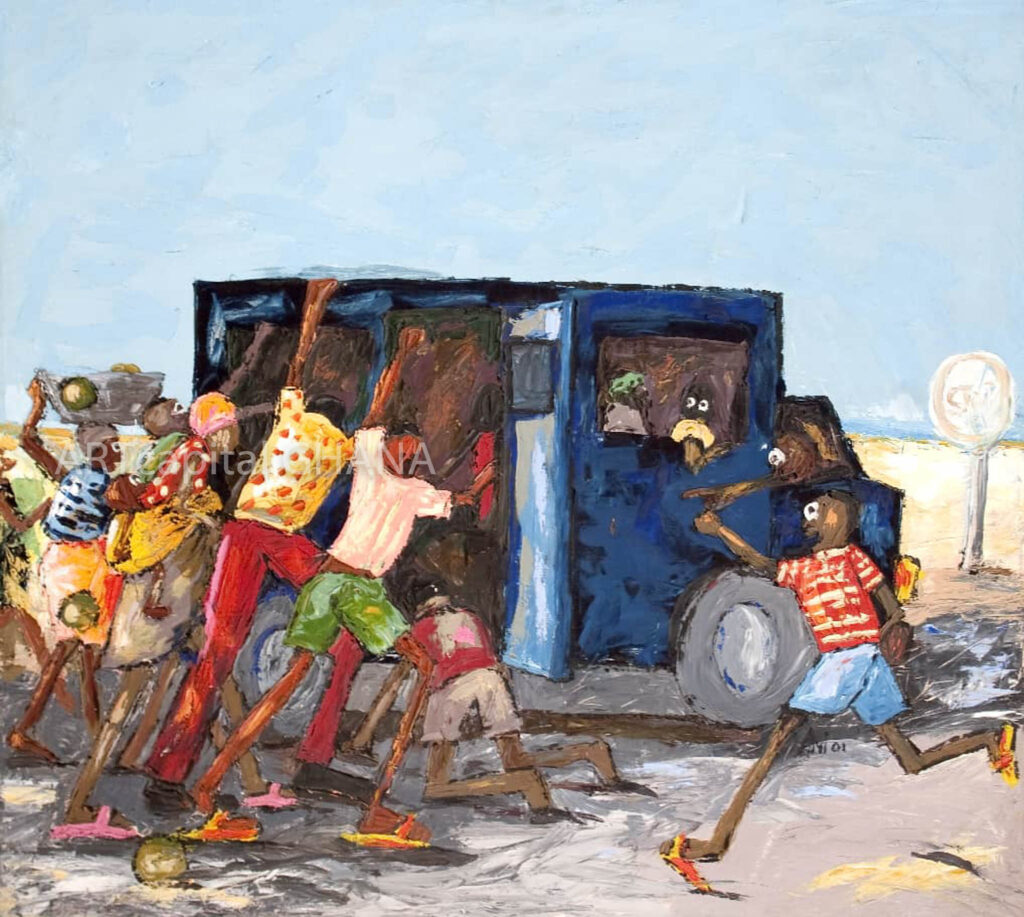
QUESTION: What are your biggest obstacles?
ANSWER: The fact that you know more than your client, or that sometimes you know too much!
Sometimes you know that an artist will do well, and if the client doesn’t get it, then that’s an obstacle. But you have to try to convince them and sometimes try to sell your own idea.
But, then again, it’s a challenge, but it’s fun, too.
It is very difficult for us to try to find the work we are dealing in in the secondary market. It’s very hard to find the right work for the right price.
It has become extremely competitive.
If you go to an art fair you will find many people vying for the same work. It is all part of the game. I have met colleagues who get extremely stressed out.
One of the things that I found hard was that on the one hand you need to have interest in the people who make the arts and in their ideas of art. It’s a lot of looking, theorising, comparing notes with other collectors and colleagues, reading art books, literature and art magazines.
But that is the fun part – the research.
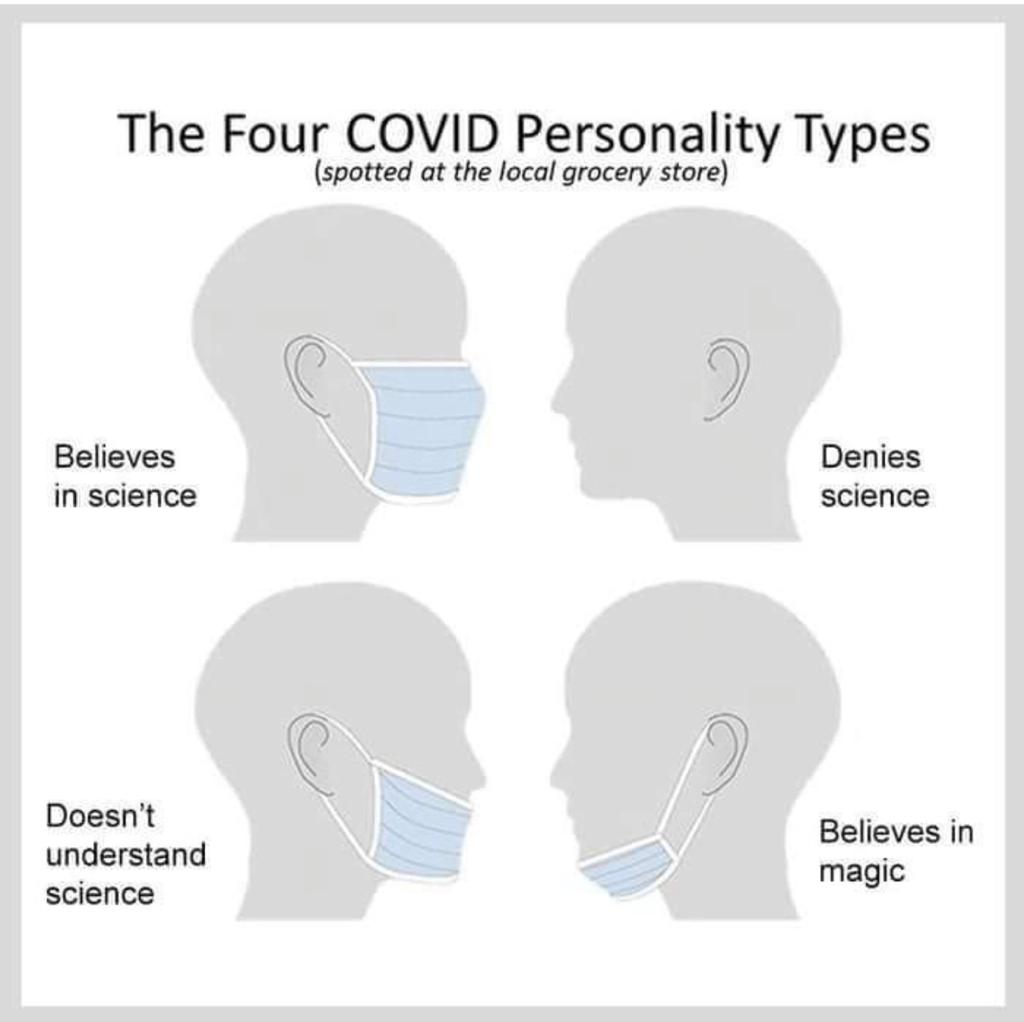
On the other hand, you need to have some people whom you can tell that they should buy the work. This means that you need to move in certain circles. I have never found that interesting, as the people who tend to be the most successful at this are people who have roll decks with names of people who they can call.
People sometimes say that it is the collectors who make the art – they decide to collect something and pay the artist to make more of it.
I don’t believe that is true, but in a more pragmatic way, it is. It all comes together but it’s a part of the game.
There is always a lot of travel involved, with the art fairs and auctions, but now you cannot meet people or see the work physically as everything is online.
Nothing compares to being able to stand in a studio or a gallery and look at the work firsthand, and feel how it resonates with you.
